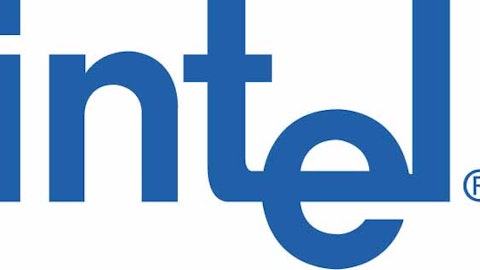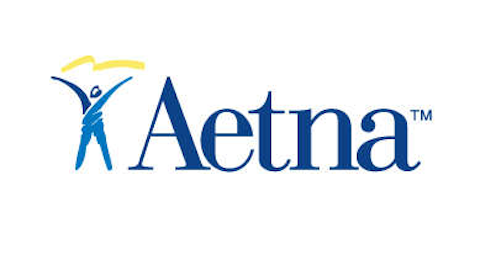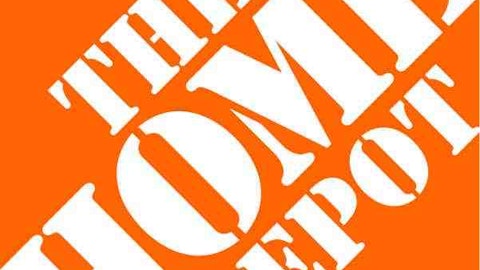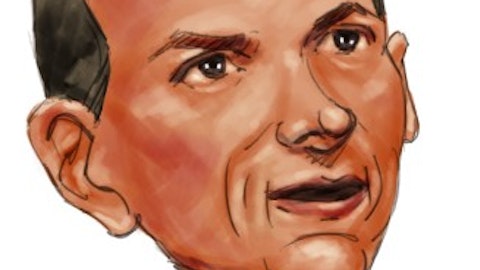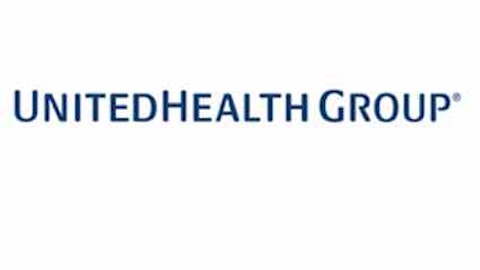Health care is about to change for a patient population called “the poorest and the sickest” by the Kaiser Family Foundation.
Spend enough time reading about Medicare or Medicaid and you will see the term “dual-eligible,” which refers to people who qualify for both programs due to low income combined with chronic illness or disability. Dual-eligible patients represent a small percentage of both programs but amount to a much higher chunk of overall costs.
The Affordable Care Act has provisions aimed at streamlining this system and some trial programs to begin next month. But profits still await private insurers — if they’re willing and able to take the risk.
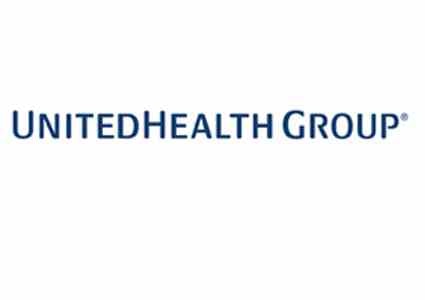
Dual-eligible patients typically have Medicare as the primary payer for general health care costs, which include doctor and hospital visits and prescription drugs. Medicaid steps in to help cover Medicare costs and plug any gaps in that primary coverage. The costs of treating dual-eligible patients are disproportionately high. While only 15% of Medicaid patients qualify for Medicare, those patients represent 36% of total Medicaid spending, according to the KFF.
The higher costs offer an opportunity for insurer profits, assuming the company doesn’t mind taking on a patient population known for poorer health.
Private insurers need a presence in the Medicare and Medicaid markets to benefit fully from dual-eligible patients. The first checkmark is easier to mark off; most of the leading insurers have a Medicare Advantage or Part D program kicking around. But fewer have a strong Medicaid program already in place.
An exception to the rule is UnitedHealth Group Inc. (NYSE:UNH). The company’s Medicare & Retirement segment included 2.6 million Medicare Advantage members, which helped contribute to $39 billion in revenues in its Medicare & Retirement segment last year. Community & State had 3.8 million Medicaid beneficiaries and revenues of $16.4 billion. According to UnitedHealth, these patient numbers include about 250,000 with dual eligibility.
UnitedHealth’s current strength came from its 2012 acquisition of XLHealth — a leader in Medicare Advantage that primarily focused on dual-eligible patients. Other insurers have also tried to secure stronger footing through acquisitions or partnerships.
Humana Inc (NYSE:HUM) had $25 billion in premium revenues for individual Medicare Advantage beneficiaries from about 2.2 million members. The company’s Medicaid presence was lacking before collaborating with CareSource, a provider with around 900,000 enrollees in Ohio and Michigan.
WellPoint, Inc. (NYSE:WLP) spent $800 million on CareMore Health Group, which owned a number of health care clinics tailored to older patients and maintained Medicare Advantage plans. But it was WellPoint’s multi-billion dollar acquisition of Amerigroup last year that boosted the company’s Medicaid enrollment to 4.5 million patients across 20 states. WellPoint, Inc. (NYSE:WLP) affiliates also announced an expansion of its Medicare offerings last year to increase coverage in eight states.
